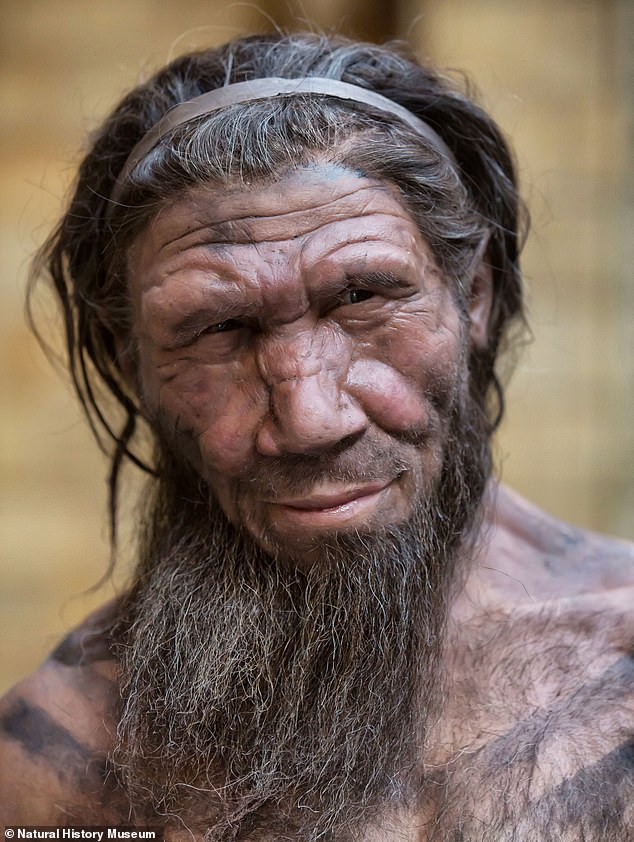A fascinating new study suggests that humans and Neanderthals were not just interbreeding—they might have been sharing kisses too.
Researchers from the University of Oxford and Florida Institute of Technology have found evidence pointing to kissing behaviors among our ancestors around 50,000 years ago.
While Neanderthal DNA in modern humans has long shown our species mingled, this is the first time scientists have considered that kissing may have been part of their interactions.
The Evolutionary Puzzle of Kissing
Kissing might seem ordinary to us today, but it’s not universal.
Catherine Talbot, a professor at Florida Institute of Technology, explains that only 46% of human cultures have documented kissing.
This raises a fascinating question: is kissing an evolved behavior or a cultural invention?
The mystery deepens because, unlike bones or tools, kissing leaves no fossil evidence, making it challenging for scientists to trace its origins.
Animals Show Us the Roots of Romance
Interestingly, kissing isn’t exclusive to humans.
Chimps, bonobos, orangutans, wolves, and even polar bears show behaviors resembling kissing.
Some animals simply touch noses or heads instead of pursing lips, but these acts indicate a form of social bonding.
For humans, kissing is intertwined with mating, suggesting that biology and attraction are closely linked—even if the act seems risky in terms of disease transmission and provides no obvious survival benefit.
Using Primates to Trace Human Behavior
To investigate, researchers reviewed studies of modern primates, defining kissing as non-aggressive mouth-to-mouth contact without food exchange.
Using Bayesian modeling—run 10 million times—they simulated evolutionary scenarios across the primate family tree.
This allowed them to estimate which of our ancestors likely engaged in kissing, showing that the behavior may have originated between 21.5 and 16.9 million years ago in the ancestor of the great apes.
Evidence Suggests Neanderthals Knew How to Kiss
The results suggest that Neanderthals, who lived from roughly 400,000 to 40,000 years ago in Europe and Western Asia, likely kissed too.
Combined with earlier findings that humans and Neanderthals shared oral microbes via saliva, and of course interbreeding, this strongly indicates that kisses were likely part of their intimate interactions.
Foreplay, including cuddling and kissing, may have been a common prelude to mating.
From Fur Grooming to Romantic Gestures
Some scientists theorize that kissing may have evolved from practical behaviors.
Professor Adriano Lameira of Warwick University suggested that slight sucking of lips may have originated as a way to remove tics or lice from a partner’s fur.
Over time, it became sexualized and integrated into human mating rituals—showing how a practical behavior can evolve into a cultural and intimate act.
Neanderthals and Homo Sapiens Were Surprisingly Similar
Despite their robust build, Neanderthals were anatomically close to modern humans.
Dr. Andrew Merriwether of Binghamton University notes that Neanderthals’ sexual organs were likely similar to ours.
This anatomical closeness, paired with their social behaviors, suggests that kissing and sexual activity may have been remarkably familiar to us, just tens of thousands of years ago.
Foreplay in the Prehistoric World
Of course, the prehistoric world was harsh, and relationships may not always have been consensual.
Professor Paul Pettitt of the University of Durham explains that while some mating encounters may have been spontaneous and unplanned, when consensual, they likely included behaviors similar to today: kissing, cuddling, and foreplay.
This study adds a new dimension to our understanding of human and Neanderthal intimacy.
Kissing Survived Through Evolution
Kissing has persisted in humans and other large apes over millions of years.
While its evolutionary purpose is still debated, its survival shows that it played some role—social, reproductive, or emotional—that made it worthwhile to pass down through generations.
From grooming fur to romantic intimacy, kissing may have been a small but meaningful part of the human journey.
The Study That Shines a Light on Ancient Affection
The full research, titled A Comparative Approach to the Evolution of Kissing, is published in Evolution and Human Behavior.
It opens new doors to understanding how human emotions, social bonding, and mating behaviors evolved—and reminds us that even tens of thousands of years ago, affection was likely part of life.
Share on Facebook «||» Share on Twitter «||» Share on Reddit «||» Share on LinkedIn